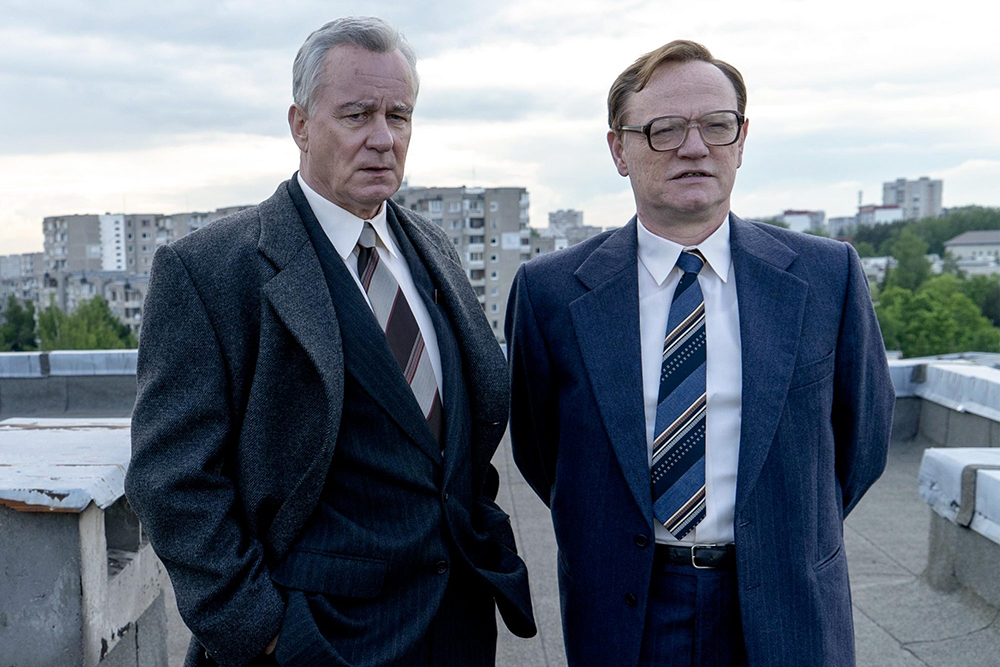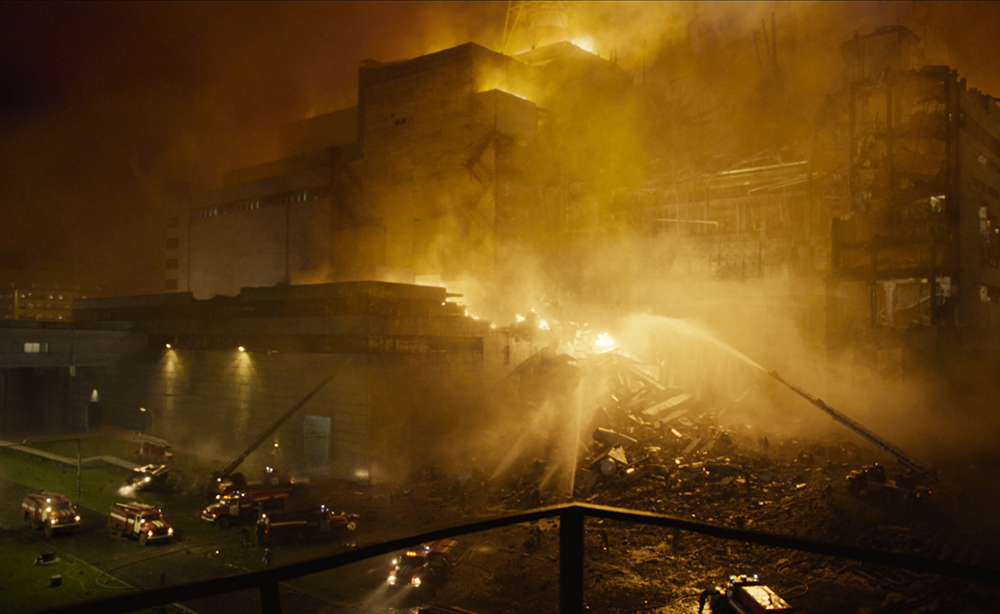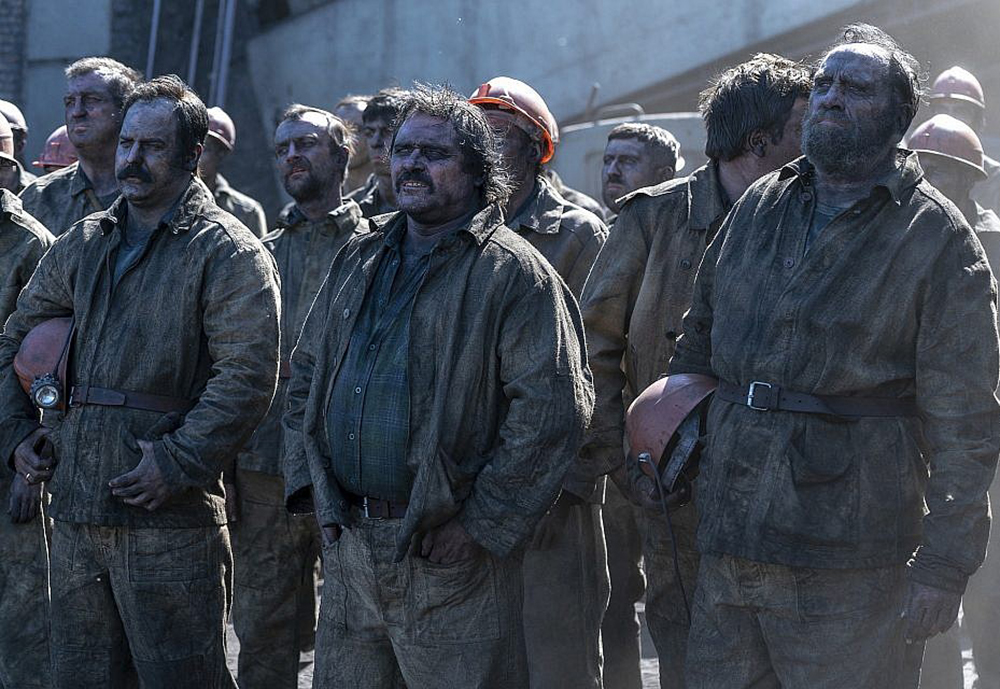In 2019 HBO came with one of the most discussed miniseries of recent times with the TV mini-series “Chernobyl.” The discussion among the people rather varies, with some praising the detailed depiction of one the worst man-made disaster in the history, and some criticizing the inaccuracies of facts and dramatization of history. But in either way, this series can’t be ignored, as it discussed one of the most important incidents of mankind.
Chronicling a Disaster
Following the template of disaster stories, “Chernobyl” has heroes, villains (if you want to call them that), and a perfect setting of a real-life disaster. With real life characters like Valery Legasov, Borys Shcherbina, and Mikhail Gorbachev, this series shows the before and after of the nuclear disaster from various character’s perspectives.
To achieve the kind of subjectivity this telling needs, the writing and performances need to be precise. Though the writing is lacking in some parts of the series, the performances of the actors are top-notch. They have done a stellar job portraying the horrific experience of this disaster. I appreciate show-runner Carig Mazin’s decision of not casting Russian or Ukrainian actors and inhibiting English speaking actors not to imitate the Russian or Ukrainian dialects as it would be very distracting to connect with the core emotions of the characters. Rather he tries to capture the horrific experiences of people through his characters’ actions in the first place.

As Jared Harris, the architect of the clean-up process after the disaster, Valery Legasov is flawless in his role. Concerns and the burden of this enormous kind of responsibility reflect on his deadpan face. Stellan Skarsgård as Borys Shcherbina also has done a good job. His chemistry with Harris is nice to see. They start out as each other’s opponent, yet eventually come to be friends who must clean up the mess together.
Story Faults Overcome by Stellar Filmmaking
I am quite disappointed with the third lead, Ulana Khomyuk played by Emily Watson. The character is an amalgamation of various scientists working in the subsequent clean-up process after the Chernobyl disaster. It is introduced to the audience with a rebel kind of aura in the state where everything against it is considered as a crime. She is the one who urges to Legasov to blow the whistle about the faulty nuclear reactor (in reality, there is no need for this kind of action as all scientists know about that). But eventually, her character has not that much substance except some of these idiosyncrasies. Her character arc is not fulfilling and felt her story is incomplete.
This is also true for the minor characters of the series, and this becomes the major writing flaw of the whole story. The minor characters are established well; but by time, their stories become more and more diminished and ended in abrupt ways.

Elevated by its Sound Design
The authentic use of sound with minimal atmospheric music used in “Chernobyl” gives us a haunting yet an energetic feel. The sound design recreates the horrors and takes us back to the debris at the time of the actual disaster. Whether it is the clicking of the dosimeter, the sound of the sirens, or some announcements, the sound design elevates the storytelling in every way to give the authenticity to its context. Also, make-up artist Daniel Parker’s captures of the horrific bodily decay after the exposure to radiation is simply gut-wrenching.
“Chernobyl”captures the horror of one of the worst man-made disaster of all time. Despite having some inaccuracies, this is an important story; it tells about the hazards of the nuclear power and also about the people affected by it. It is for today’s generation to understand the blackest times of mankind as a cautionary tale for our foreseeable future.


